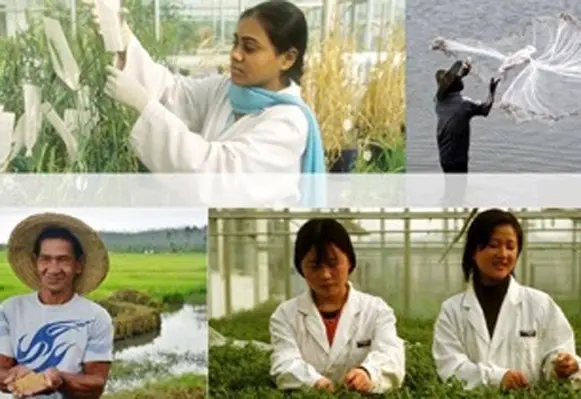Page 1 of 2Far Eastern Agriculture has exclusively interviewed Ms Xiangjun Yao, Regional Programme Leader, FAO Regional Office for Asia and the Pacific, to discuss the FAOs aims across Asia
1. What does the FAO aim to achieve through the Regional Meeting on Agricultural Biotechnologies for Sustainable Food Systems and Nutrition in Asia and Pacific
This Regional meeting is a follow-up to the International Symposium on “The Role of Agricultural Biotechnologies in Sustainable Food Systems and Nutrition” organized by FAO in 2016 in Rome. Following suggestions made by participants during the Symposium, FAO’s Director General, José Graziano da Silva, in his closing remarks to that meeting said that FAO “intends to bring the debate to a regional perspective. We want to hear from governments, farmers and researchers of all regions about their needs and concerns regarding biotechnology.”
At this Asia-Pacific meeting, FAO offers an open and neutral forum for the exchange of ideas and practices between representatives of governments, research institutions, farmer organizations, cooperatives, academia, civil society and the private sector.
We are providing an opportunity for the participants to express their country’s needs and priorities; to learn from each other’s experiences; to build partnerships and mobilize the resources they need to achieve their objectives. Together, we will identify the main regional constraints to the adoption and use of agricultural biotechnologies to meet the needs of smallholders in the region.
2. Biotechnologies in Sustainable Food Systems and Nutrition in Asia-Pacific? (I believe this is answered variously with the other replies)
3. How can biotechnology contribute to improving food security?
Food security exists when all people, at all times, have physical, social and economic access to sufficient, safe and nutritious food to meet their dietary needs and food preferences for an active and healthy life. There are four pillars of food security i) availability of food; ii) accessibility to available food; iii) utilization of available and accessed food; and iv) stability of supplies
Agricultural biotechnology is a one of the tools to improve food security by addressing the pillars of food security.
Firstly, agricultural biotechnologies can improve food availability. It is used, inter alia, to develop high yielding, short maturing, pest, and insect and disease as well as natural disaster resistant crops. For example, there is a disease called downy mildew which can cause up to 80% yield losses in pearl millet. Through a DNA-based approach called marker-assisted selection, downy mildew resistant varieties of pearl millet were released in India, benefitting large numbers of smallholder farmers. This is only one example. With improved varieties, crop losses in the field due to pest and disease attack could be decreased and harvests can be greater.





